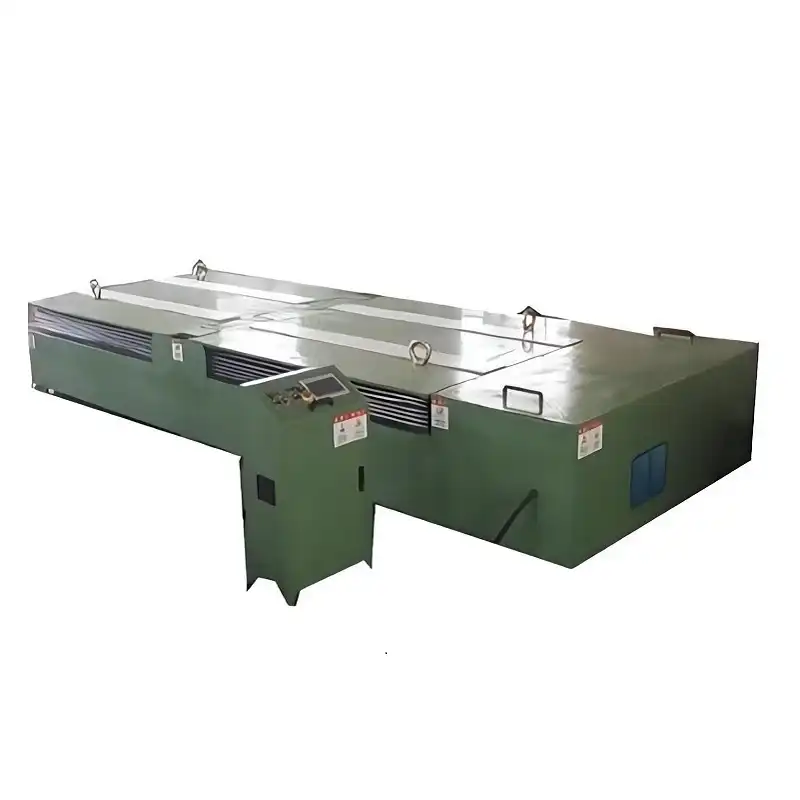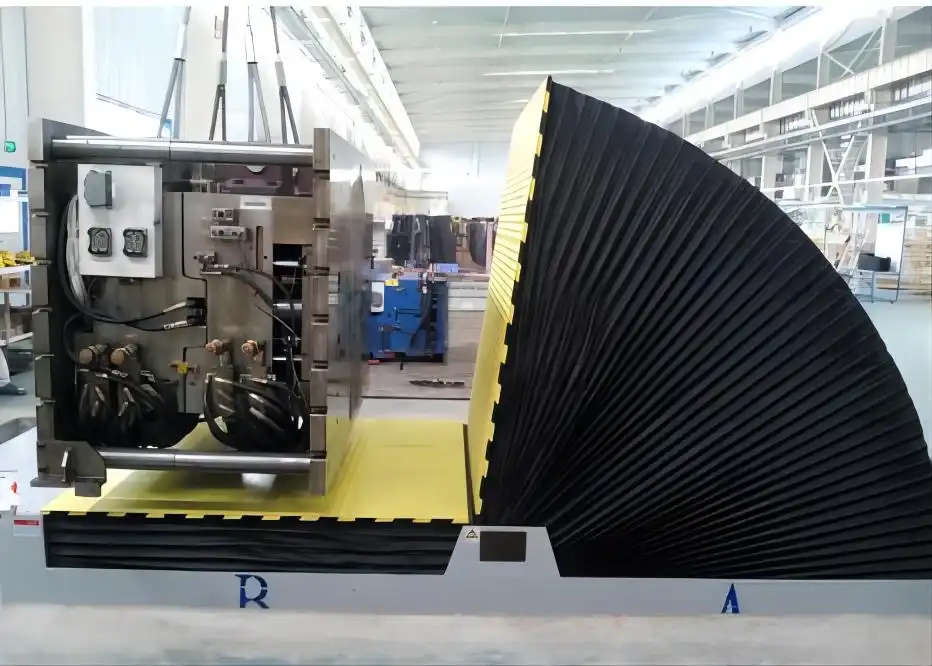Choosing the right heavy mold upender can be a daunting task. With so many options available, it's easy to feel overwhelmed. But don't worry, we're here to guide you through the process.
To choose the right heavy mold upender, assess your manufacturing needs, consider the weight and size of the molds, evaluate the turning mechanism, and ensure compatibility with your existing processes. These steps will help you find an efficient, safe, and cost-effective solution.
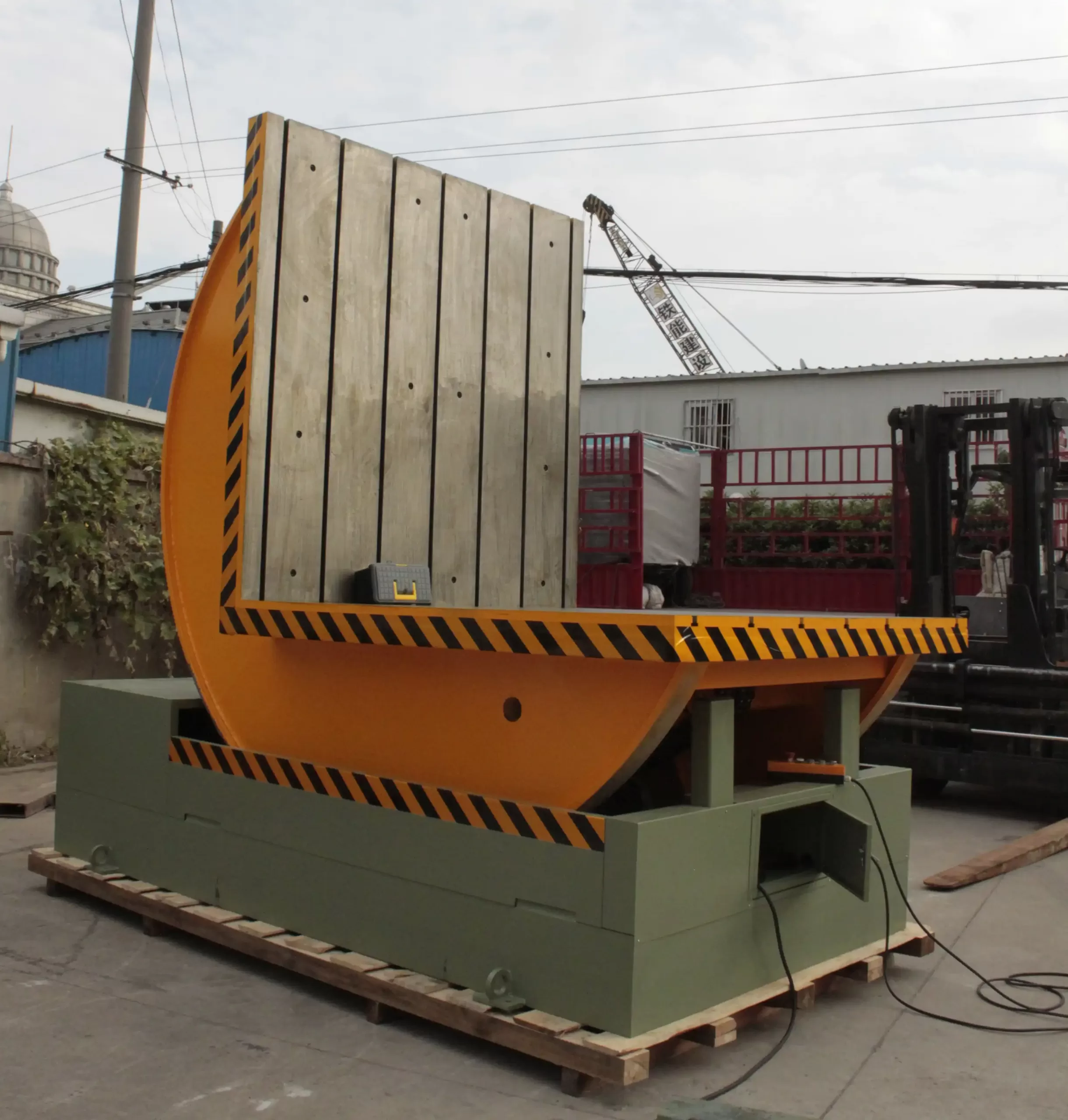
Now that you understand the basics, let's delve deeper into the specifics. We'll explore key factors that can aid you in making an informed decision for your manufacturing needs.
What Are Your Manufacturing Requirements?
Identifying your specific manufacturing requirements is crucial in selecting the right upender. Without this clarity, you risk investing in equipment that may not meet your needs.
Start by listing all the molds you handle, including their sizes and weights. Consider your facility's space constraints and any specific functionality you require from the upender. This analysis will guide you in narrowing down your options.
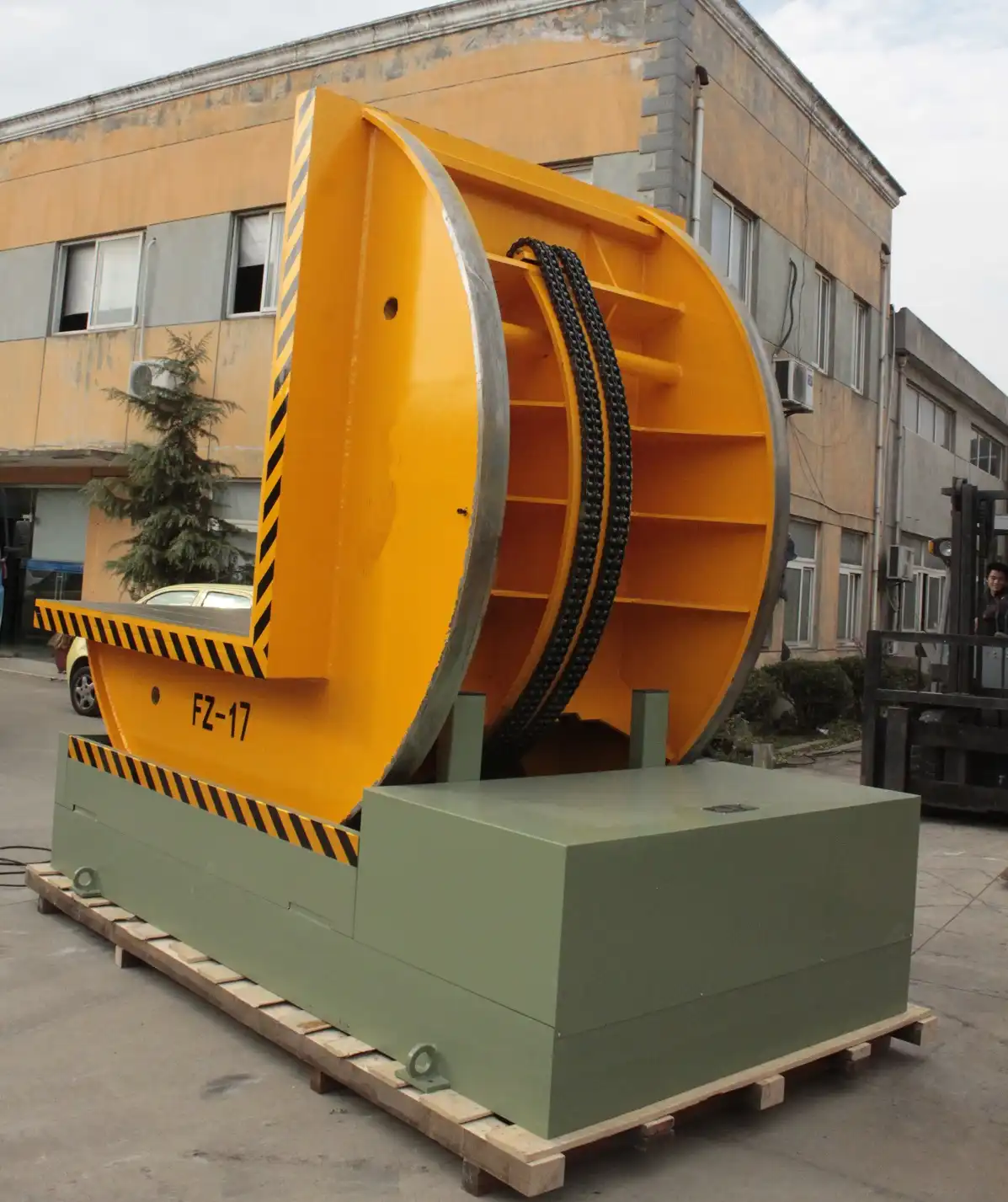
Understanding Your Facility's Needs
When choosing a heavy mold upender, it's essential to consider what your facility requires. Begin by evaluating the average size and weight of the molds you handle. This information will help determine the capacity needed for the upender. If your molds are particularly heavy, you may require an upender with a higher weight capacity.
Next, consider the space available in your facility. Measure the area where the upender will be installed to ensure it fits without hindering other operations. It's also crucial to consider how the upender will integrate with existing machinery and workflows.
Additionally, think about any specific functionalities you might need. For instance, some upenders offer automated features that can enhance efficiency. Others may have customizable settings to handle different types of molds. By understanding these aspects, you can make a more informed decision.
How Does the Turning Mechanism Work?
The turning mechanism of a mold upender is a critical component. It directly impacts the efficiency and safety of your operations. Understanding its function can prevent costly mistakes.
The turning mechanism should accommodate the weight and size of your molds. Evaluate whether you need a hydraulic, mechanical, or manual system. Each has its pros and cons, depending on your specific requirements.
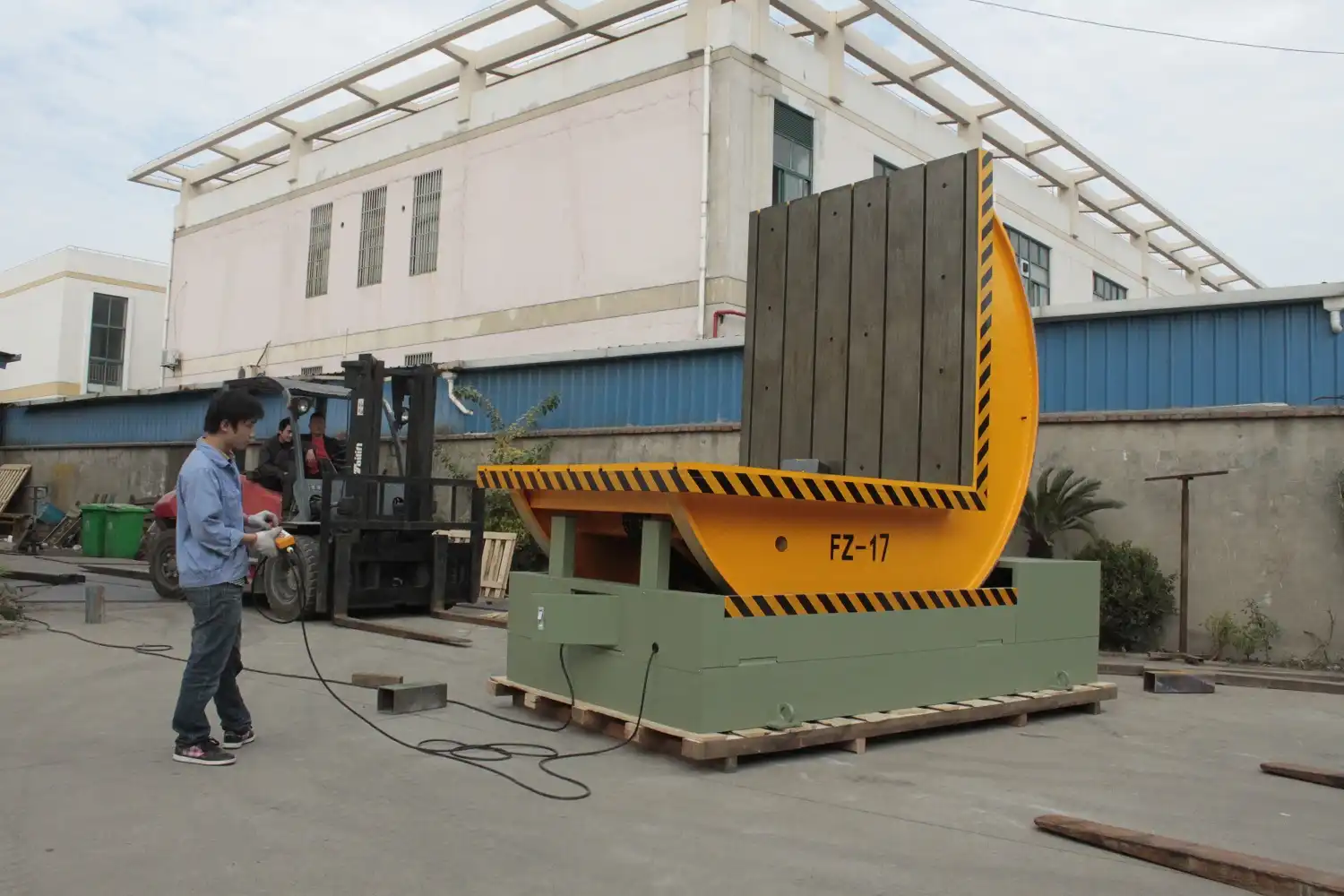
Exploring Different Turning Mechanisms
The turning mechanism is vital in ensuring the safe and efficient operation of a mold upender. There are several types of mechanisms, each with its advantages and drawbacks.
| Mechanism Type | Description | Pros | Cons |
|---|---|---|---|
| Hydraulic | Uses hydraulic power to turn molds. | Strong, reliable, and smooth operation. | Requires more maintenance due to complex components. |
| Mechanical | Uses mechanical force to turn molds. | Simpler and requires less maintenance. | May lack precision and control compared to hydraulic systems. |
| Manual | Operated by hand or manual force. | Cost-effective and easy to use. | Requires more physical effort and is less efficient for heavy molds. |
When choosing a turning mechanism, consider your specific needs, such as the frequency of use and the types of molds you handle. This understanding will help you choose a mechanism that enhances your operational efficiency.
Is It Compatible with Existing Processes?
Compatibility with existing processes is often overlooked, but it’s crucial. An upender that doesn’t integrate seamlessly can disrupt workflows and reduce productivity.
Ensure the upender complements your current operations. Check if it adapts to your existing equipment and processes. Compatibility with automation systems can further enhance efficiency.
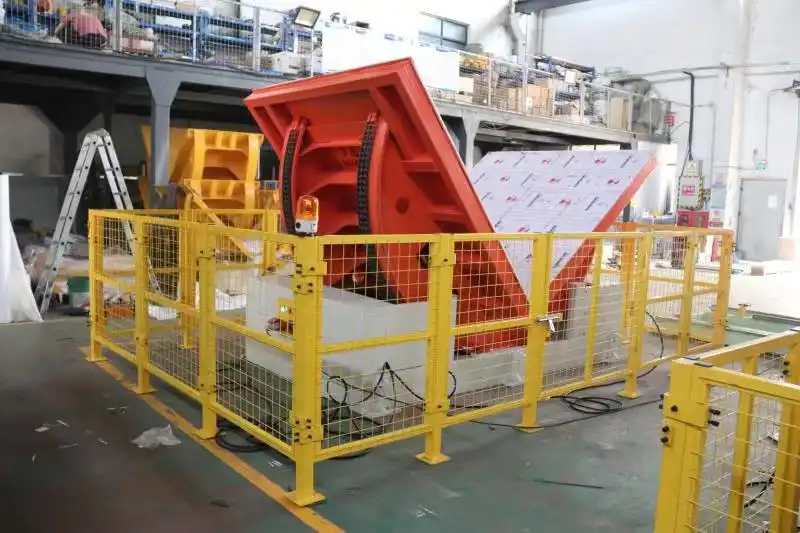
Evaluating Integration with Current Systems
When selecting a heavy mold upender, it's important to consider how it will fit into your current processes. An upender that works well with your existing equipment can streamline operations and boost productivity.
| Integration Aspect | Description | Impact |
|---|---|---|
| Workflow Compatibility | Ensures the upender fits into existing workflows without disruptions. | Minimizes downtime and maintains productivity. |
| Equipment Compatibility | Checks if the upender works with current machinery like conveyors or loaders. | Enhances operational efficiency and reduces the need for modifications. |
| Automation Integration | Evaluates compatibility with automation systems. | Increases efficiency and reduces manual intervention. |
| Workforce Adaptation | Assesses if additional training or safety protocol changes are needed. | Ensures smooth adoption and minimizes operational risks. |
By evaluating these aspects, you can ensure that the upender integrates seamlessly into your facility, enhancing overall efficiency and safety.
Conclusion
Choosing the right heavy mold upender involves assessing your manufacturing needs, understanding the turning mechanism, and ensuring compatibility with existing processes. By considering these factors, you can make an informed decision that enhances efficiency and safety in your operations.

